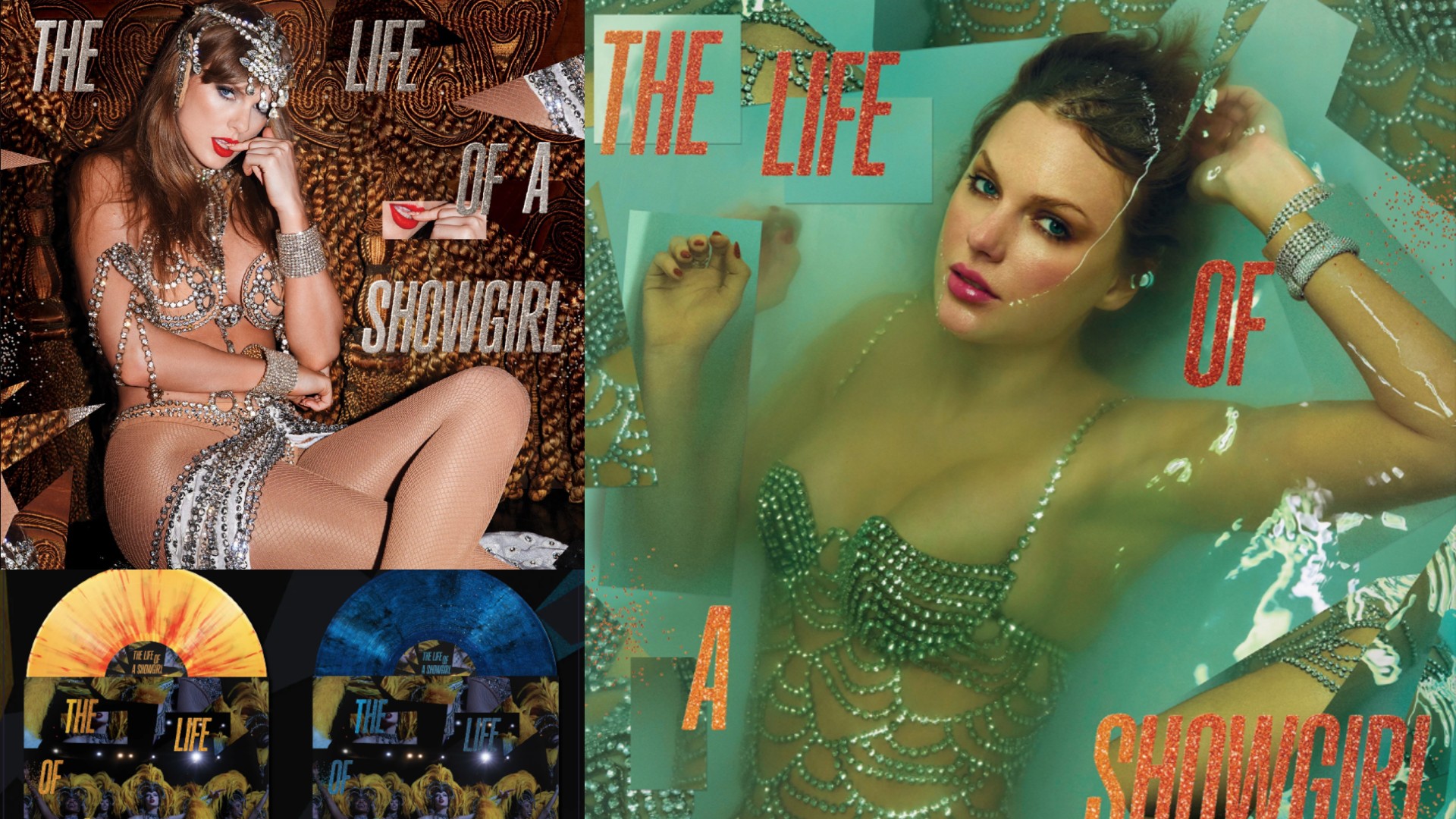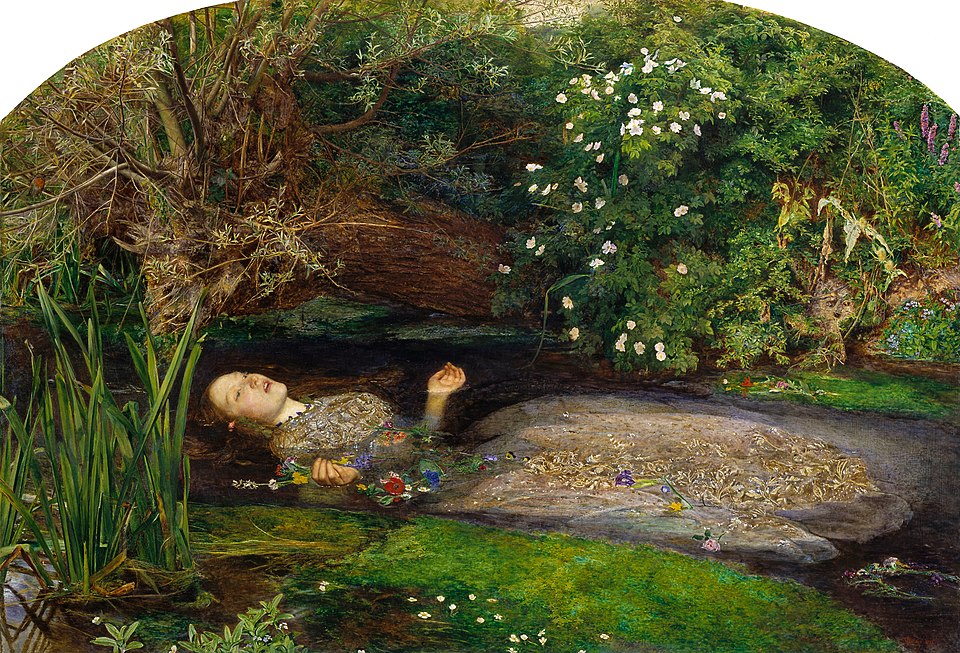Taylor Swift’s Easter Eggs are a masterclass in creative mischief – and they're heating up
When pop’s biggest showgirl teases an album, her fans don't just listen; they dissect, decode and obsess. And there's a powerful lesson here for anyone in the business of creativity.

This Friday 3 October, the world's biggest pop star will drop her 12th studio album, The Life of a Showgirl. It’s a 12-track affair, complete with a companion film, promotional pop-ups, a new orange-tinged colour scheme and enough sequins to reupholster a mid-century cinema.
If you're not a fan and your social feed is showing little else right now, you might wondering: why all the hype? Well, part of it is that Taylor doesn’t just release music; she turns it into an interactive puzzle.
Every cover, caption and costume is riddled with Easter eggs: coded hints at future projects, cryptic callbacks to past ones, sly nods only superfans will spot. If you’re a casual listener, you see an album cover. If you’re a Swiftie, you see a multi-layered riddle.
This time around, there's more than ever to dissect, because there are actually multiple covers for this album. On the “main” one, Taylor floats in water; half drowned, half dazzling. On another, she sports a severe black bob and feathers. Elsewhere, she lounges backstage surrounded by framed pictures.
Fans are convinced every droplet, feather and frame is a clue. And, given her track record, they’re probably right.
A post shared by The Swiftie Vault (@theswiftievault)
A photo posted by on
UPDATE: This is not album cover-related but Taylor has been at it again via some tantalising clues, which have been dropped via the Reputation tracks on Apple Music. Swifties everywhere have been in a tailspin trying to crack the code left in the lyrics of Reputation. Random letters have been capitalised throughout the tracks, which come. together to make a specific keyphrase – but even after you've figured it out, what does it mean?
There has also been Spotify event with tons of potential Life of a Showgirl Easter Eggs, which have got the internet talking.
Daily design news, reviews, how-tos and more, as picked by the editors.
This is a brand-building, fan base engaging treasure hunt, which creatives everywhere could learn from.
Okay, back to the album covers...
Cracking the Easter eggs
The biggest fan theory is the Ophelia connection. Millais’s 1852 painting of Shakespeare’s doomed heroine is echoed so closely (pose, water, tragic beauty), it’s impossible to ignore. The opening track is even called The Fate of Ophelia. Fans say this shows the tension between public glamour (the sparkling showgirl) and private exhaustion (the drowned muse).

The colour palette (blazing orange paired with mint green) offers another rabbit hole. Some believe orange suggest transformation (not one of the traditional colour theories), given that she exited through an orange door at her last Eras Tour show. Others insist it’s chemistry: copper oxidises to green, so together the colours symbolise endurance and tarnish. Yes, people are writing Instagram posts about the chemical process of rusting. That's what Taylor is doing to the world, before she's even released a note of music.
And then there are the double exit signs. Not one, but two glowing EXITs keep sneaking into promo shots. Exit from what? Is Showgirl the curtain call on her career? Are we about to get a rerecorded version of her sixth album, Reputation, as a parallel release? Or is it just health and safety signage doing its job?
Finally, there are all these alternate covers: the bob, the feathers, the fake-looking photo wall. Are these masks and metaphors for image-making itself, or simply dodgy retouching? Either way, fans are zooming in at 400% and spinning theories like they’re on a deadline.
Lessons to learn
A post shared by Taylor Nation (@taylornation)
A photo posted by on
As creatives, here are the broader lessons I think we can learn from all this. Firstly, Taylor treats her audience not as consumers, but collaborators. Every breadcrumb is an invitation to theorise, remix and share. The community becomes part of the art. That’s not just clever marketing; it’s deep engagement.
Second, she masters the art of layering. The casual listener gets a straightforward album; the diehard gets a scavenger hunt, for example with the multiple images on the wall in the above Instagram post It’s the same trick Marvel pulled with its cinematic Easter eggs. Casual cinemagoers could enjoy the story, superfans could spot the hidden references; both walked away satisfied. The comments on every one of TaylorNation's recent Instagram posts show just how invested her fans are at decoding the messages.
Third, Taylor is proving that mystery still works. In an age when every client brief screams “clarity of message”, Swift thrives on deliberate ambiguity. Those exit signs might mean everything or nothing; but uncertainty keeps people talking. Sometimes the question mark is stronger than the exclamation point.
Finally, the singer reminds us presentation matters as much as product. Before any music is released, fans have become invested and primed with stories. The songs may be brilliant or average, but the framing ensures this is already an event. For creatives, the lesson is that ideas don’t live in isolation. Like it or not, they thrive in the ecosystem of how they’re teased, packaged and released.
Exit stage right
So, is The Life of a Showgirl secretly teeing up Reputation? Is it Taylor Smith's last act? Or is it just 12 songs about fame and feathers, plus some rogue exit signage? Nobody outside Swift HQ knows.
But perhaps that’s the point. The ambiguity is the message. And whether you’re making music, designing logos or pitching ad campaigns, the lessons are clear.
Leave space for interpretation. Give people something to chew on. Don’t fear a little playful misdirection. And never underestimate the creative power of making people look twice. Want more wisdom from Taylor's brand? Her music ownership victory holds more creative lessons.
Consider yourself a super fan? Try our Taylor Swift design quiz.

Tom May is an award-winning journalist specialising in art, design, photography and technology. His latest book, The 50 Greatest Designers (Arcturus Publishing), was published this June. He's also author of Great TED Talks: Creativity (Pavilion Books). Tom was previously editor of Professional Photography magazine, associate editor at Creative Bloq, and deputy editor at net magazine.
You must confirm your public display name before commenting
Please logout and then login again, you will then be prompted to enter your display name.
